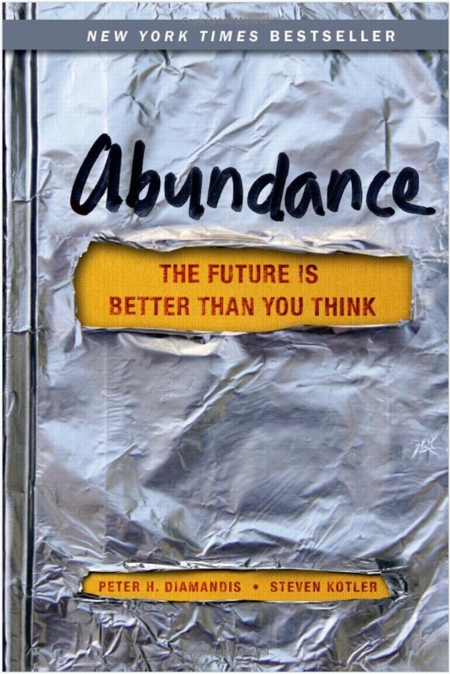This book makes the remarkable case for a future in which the current level of poverty at the low end is virtually eliminated. I continue to be stunned by the data at Globalrichlist.com which shows that half the world lives on less than $850 per year. It doesn’t take much in the way of improvement to double and redouble their standard of living. I’ll offer a few observations from my reading of Abundance as to how the world may change over the next decades.
The larger issue for the poorest of this world is the lack of clean drinking water. Authors Peter Diamandis and Steven Kotler describe the large number of person-hours spent each day simply fetching water which isn’t always of good drinking quality. Dean Kamen, inventor of the Segway is currently working on a water purification device which can be powered from virtually any source of power and will produce 250 gallons of water per day, enough for 100 people. His target cost for this machine is sub $2000. Even if you focus on the fact that the target market for these machines are making less than $10 per week, this one time expense of $20 per person will free up many hours of family time from the whole water fetching process. Add more of these systems and the issue of clean water for one’s crops start to be a non-issue.
The other technology that holds great promise continues to be solar power. For the parts of the world where there is no “grid,” it’s possible there may never be one. Just as there are parts of the world that skipped right over providing phone lines all over the place, instead just putting up cell towers, solar may be the next step in bringing electricity to the world. Where burning kerosene lamps is expensive, dangerous, and unhealthy, solar power can charge storage cells to extend the daylight into early evening, provide power for computers, and bring up the education level of the world’s poor. There is a direct correlation between improvements in education and health and the reduction in overpopulation. This book makes a great case for the potential to wipe out the pervasive global poverty within the next two generations.
Abundance runs 240 pages, and then another 100 of notes and references. It does an interesting job of projecting based on current science and the rate of progress we are experiencing. It borrows from, and complements my recolewction of Ray Kurzwell’s The Singularity is Near, another good read.

